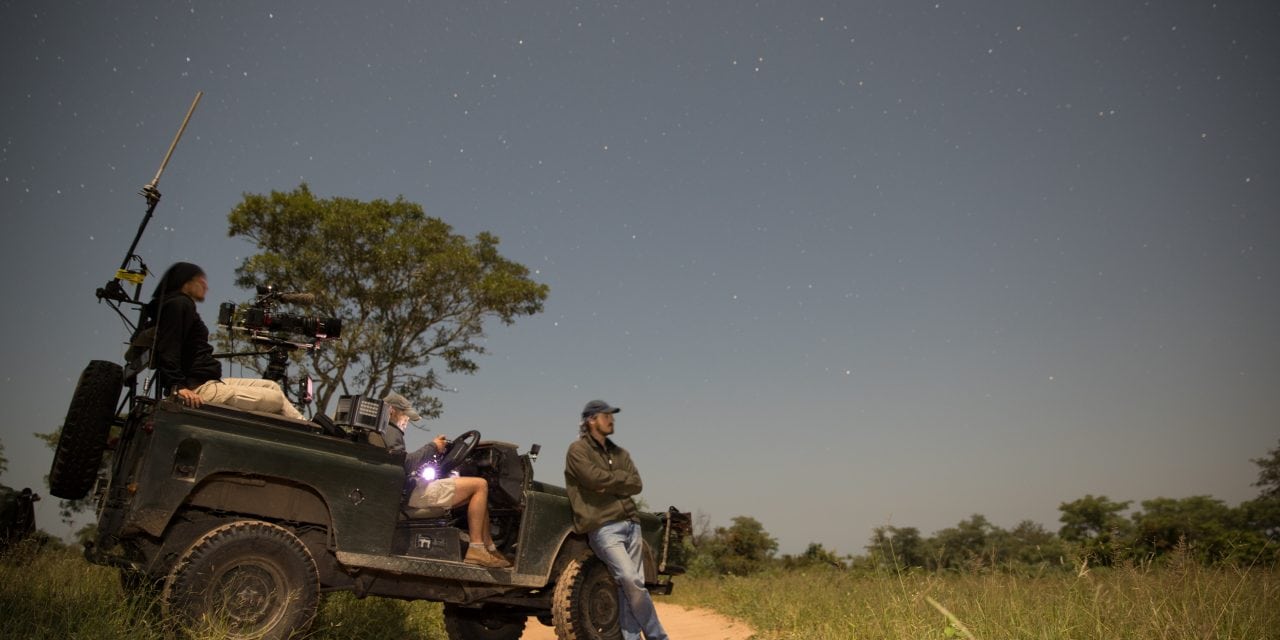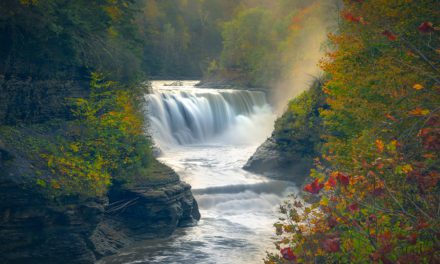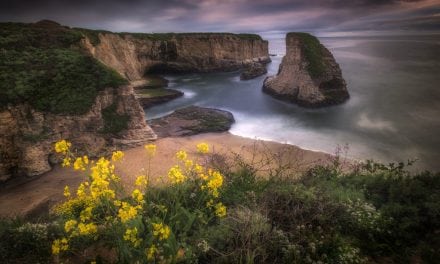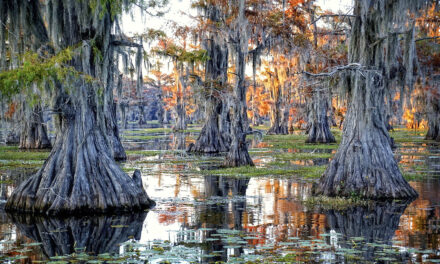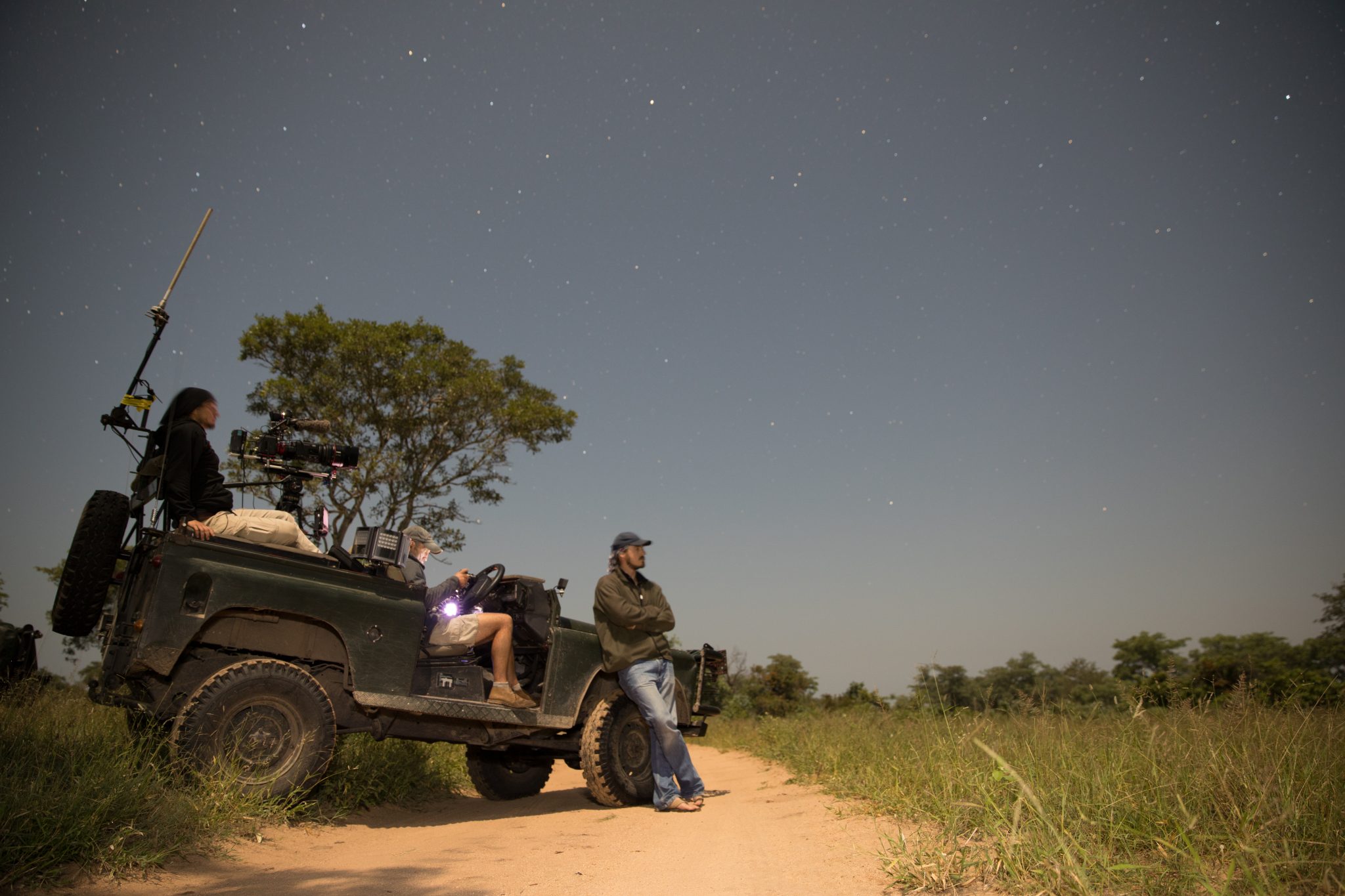
Earth Live aired on National Geographic Sunday, July 9, and offered two hours of humorous, heart-warming and, at times, heart-stopping footage of wildlife all over the globe, in their natural habitats, as the action happened. The experience takes you to places many of us may never see with our own eyes, to view incredible wildlife we will likely never encounter in real life and into situations where we literally can’t see—the dark of night. But with the low-light imaging technology in Canon’s ME20F-SH Multi-Purpose Camera, those scenes of nocturnal animals are almost as clear as day, and in color.
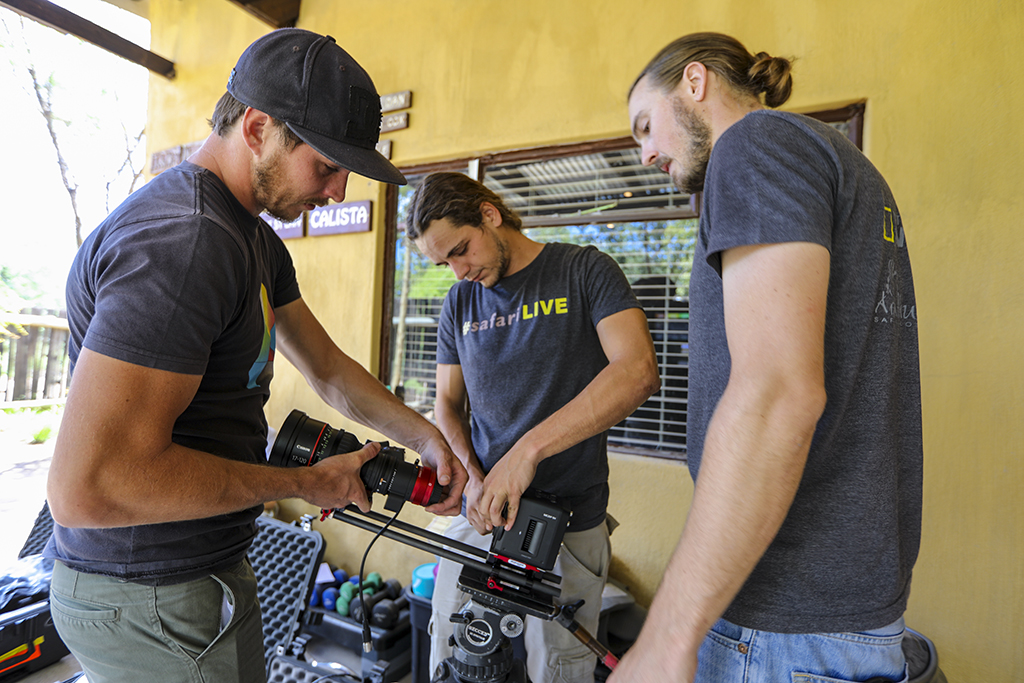
Earth Live was an incredible feat. Fifty-one cameras were used in 25 locations across six continents to capture the action that was used in the live broadcast hosted by Jane Lynch and Phil Keoghan. And it all began with a press release for the ME20. Al Berman, executive producer for Berman Productions—a veteran news producer whose résumé includes shows such as Survivor, The Biggest Loser and The Simple Life, and who also created the “live reveal” and reunion show concepts reality TV viewers know and love—was impressed by the full-frame sensor camera’s 4 million ISO and its ability to “shoot full-color video in extreme low-light conditions.”
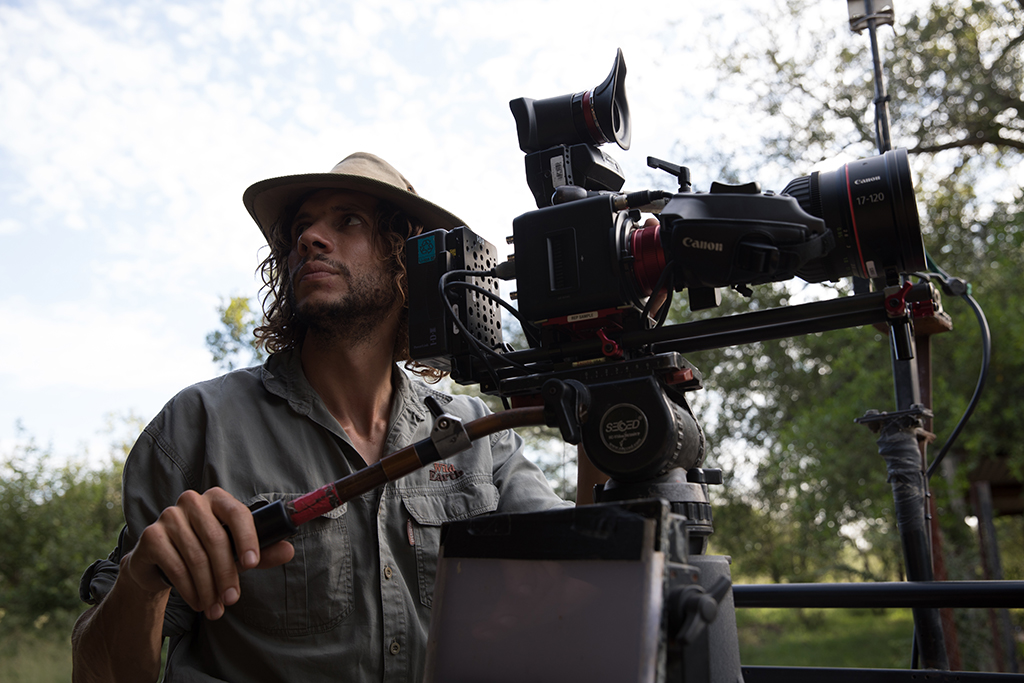
After a demonstration by Canon’s Larry Thorpe, Berman knew this camera could open up some incredible possibilities. “I reworked a pitch and went to National Geographic. I said, ‘Here’s an opportunity to do something that nobody’s been able to do before, which is to shoot wildlife at night—without any artificial light or thermal imaging—to watch their natural behavior.’ So that resonated with National Geographic and the president of the channel, Tim Pastore, said, ‘Why don’t we do the entire planet?’”

After some negotiations, they sealed the deal with a fist bump and spent the next two years developing the idea. Berman and the team sought out the best directors, producers and cinematographers to bring Earth Live to life. And they worked with one of the largest live broadcast companies on the planet, who described the project as one of the most complicated they’d ever been involved in.
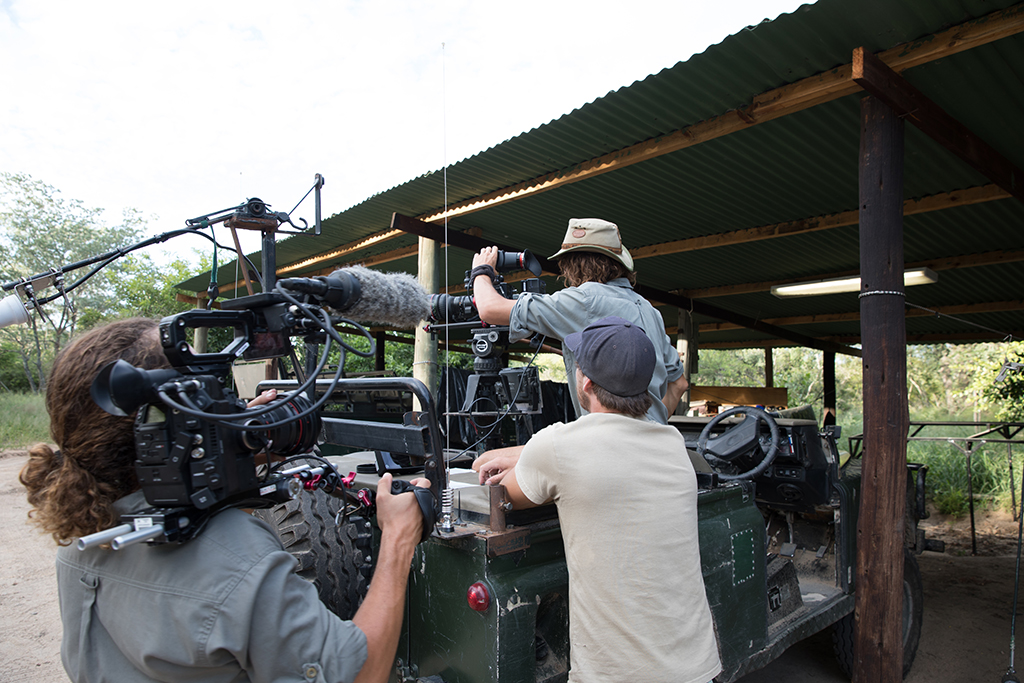
As an example of the logistics of the shoot and the amount of state-of-the-art technology that was necessary to pull something like this off, Berman described a scene shot in Fredrick Sound, Alaska. “We had a SnotBot drone with a live camera on it that flew over a humpback whale and collected the mucus from the blowhole as the whale exhaled. Then we had another drone that had a live camera on it shooting the SnotBot. Then we had a Cineflex in the air on a fixed-winged aircraft shooting everything that was happening on the water.”
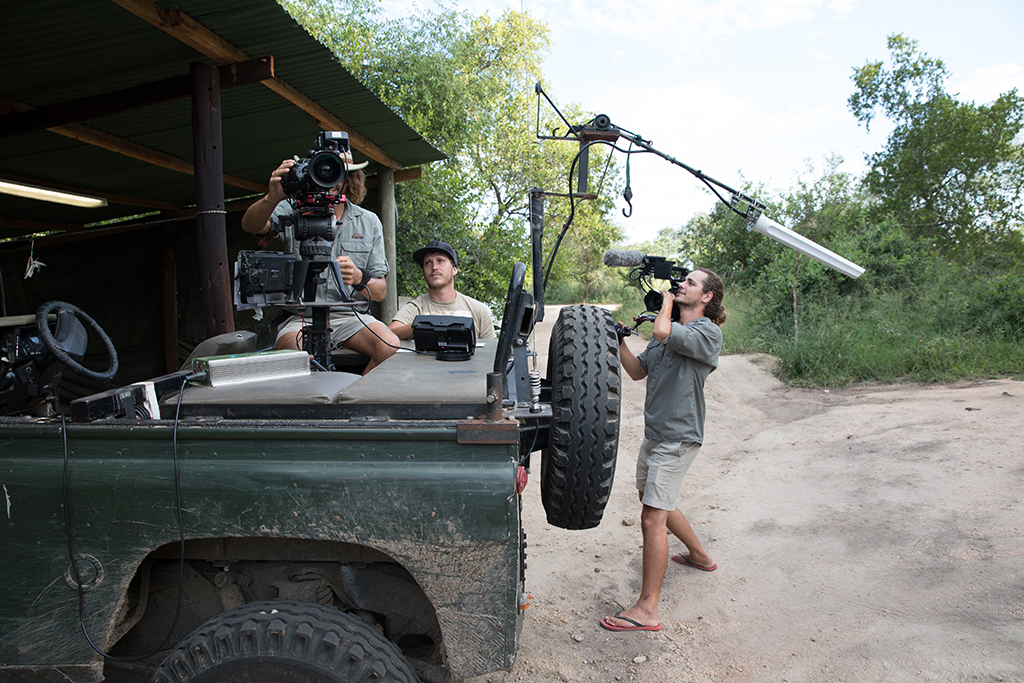
Other memorable scenes were occurring at the same time across the globe in complete darkness—hyenas on the prowl in Ethiopia, a lioness feeding her cubs in Africa—and thanks to the 2.2MP high sensitivity CMOS sensor of the ME20, the scenes were captured in high-definition, full-color video to the surprise and delight of the cinematographers using them.
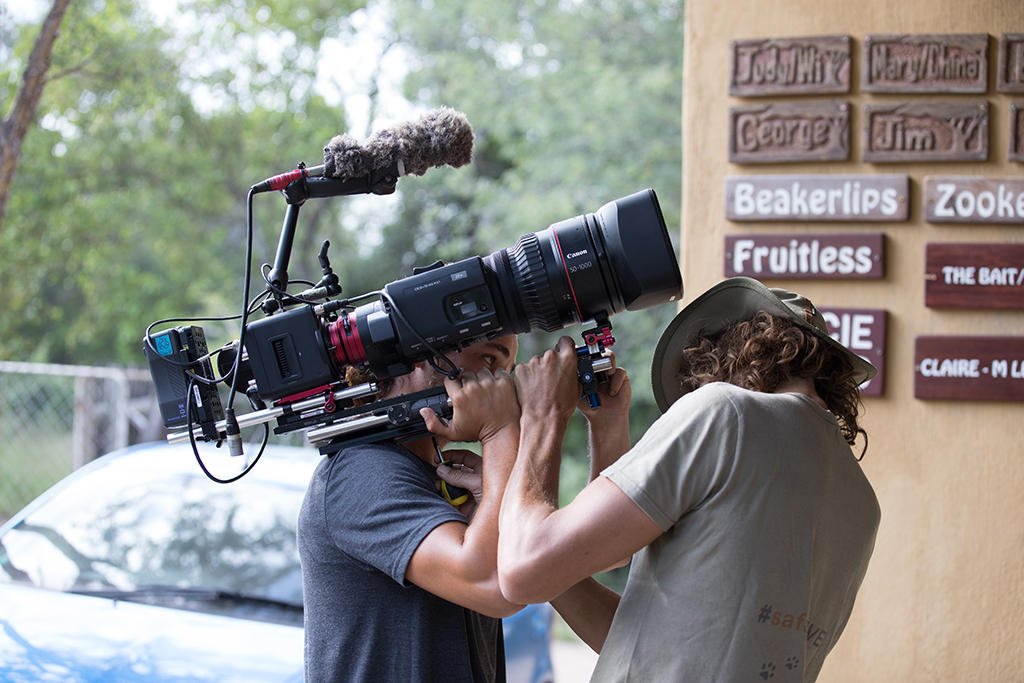
“When we got the camera,” explains Alex Sax, Canon USA’s Pro Market Specialist, “we were doing a lot of lowlight demo tests, and we started to see that this was something incredibly special, and not just for security purposes—we knew that documentary filmmakers were going to want to use this camera.”
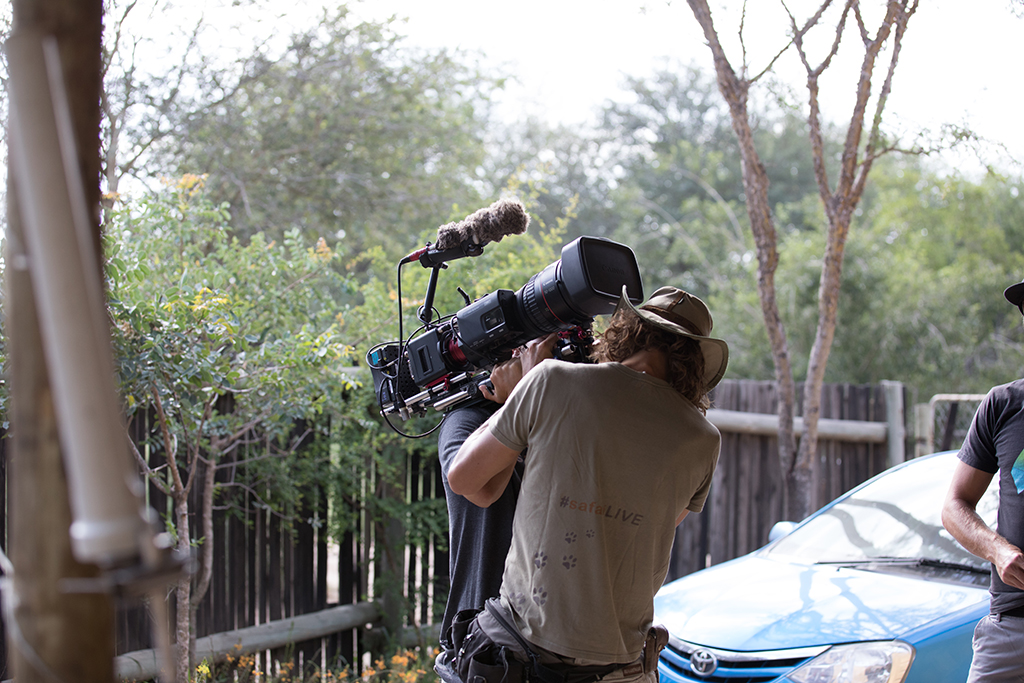
Before the ME20, infrared cameras would have likely been necessary to shoot the night scenes for a production like Earth Live. But, although the human eye can’t see infrared light, some animals can, which would have taken away from the whole point of Earth Live: allowing viewers to see animals simply living their lives, undisturbed. “If you want to film animals at night and you set up infrared cameras with infrared light, it would look like lights had just turned on to some animals,” Sax says. “So you weren’t really able to get that voyeuristic, natural habitat type shot, and you weren’t able to get the quality that certain networks were demanding.”
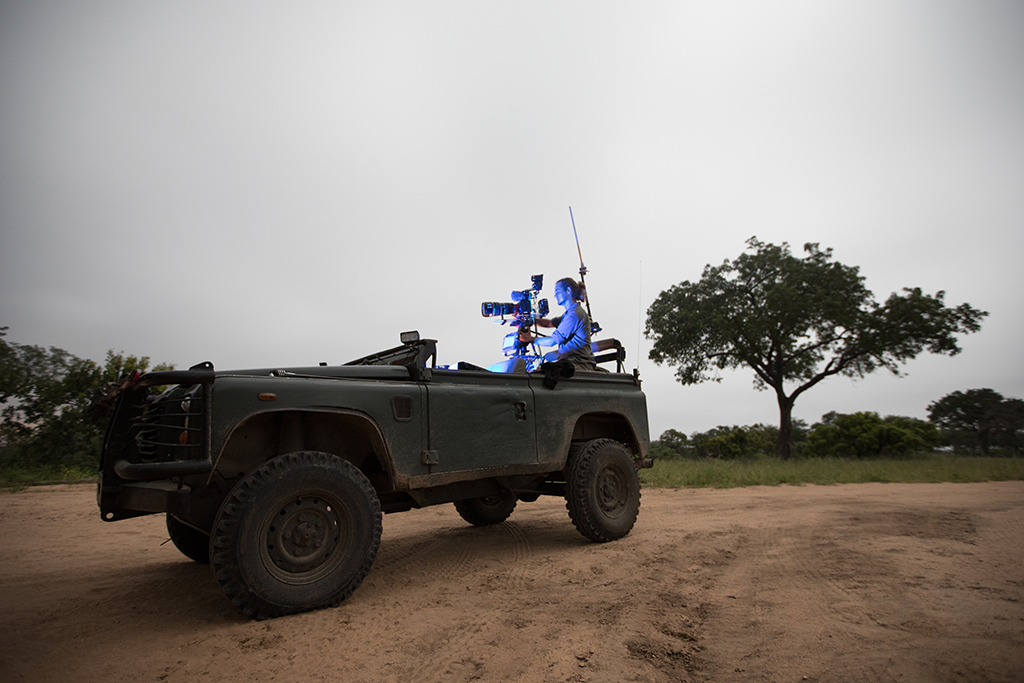
Another feature that sets this camera apart in wildlife documentary filmmaking, in particular, is its remote operation capabilities. “What’s amazing about this camera is that it’s fully made for exactly what Earth Live did with it, which is to put it in places where you don’t have an actual person operating the camera,” Sax continues. “You can control it from hundreds of yards away so as not to disturb the animals. It can automatically engage ND filters and change the ISO without anyone actually having to monitor it. It’s really just a high-end lens box. And you can do all of the recording separately, away from the camera. You can set your whole infrastructure up in a more secure, more accessible location for humans, but away from the actual habitat.”
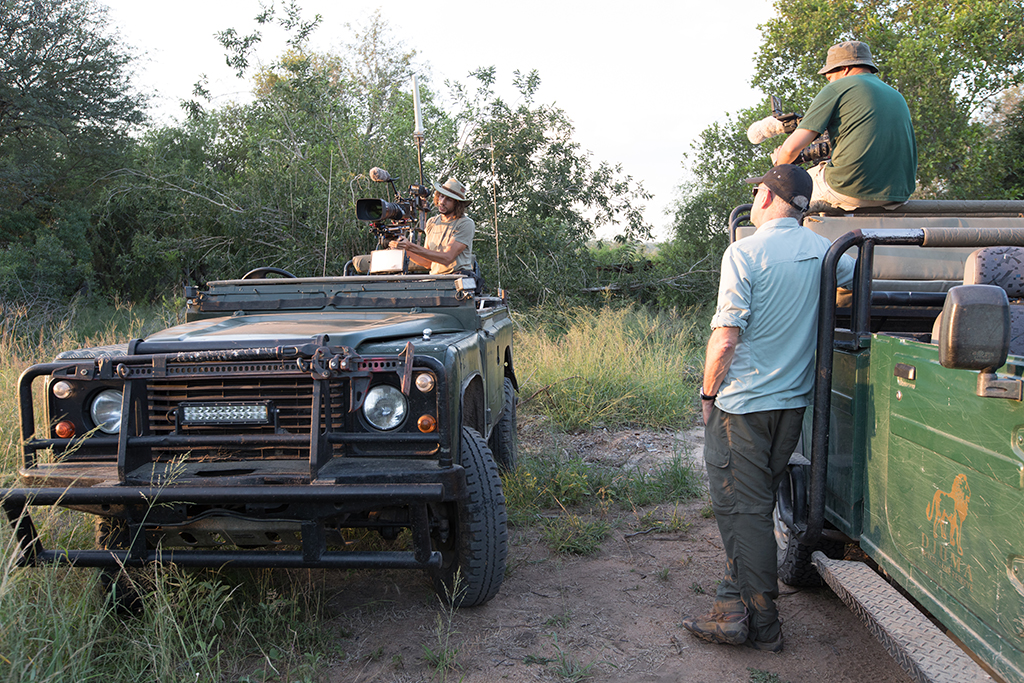
Sax sees a bright future for the technology that Canon has introduced with the ME20. “That large sensor is where we’re seeing the trends of cinematography moving,” he concludes. “People really like what you can do with a large sensor motion picture look. It gives you a much more shallow depth of field and you get that really beautiful bokeh.”
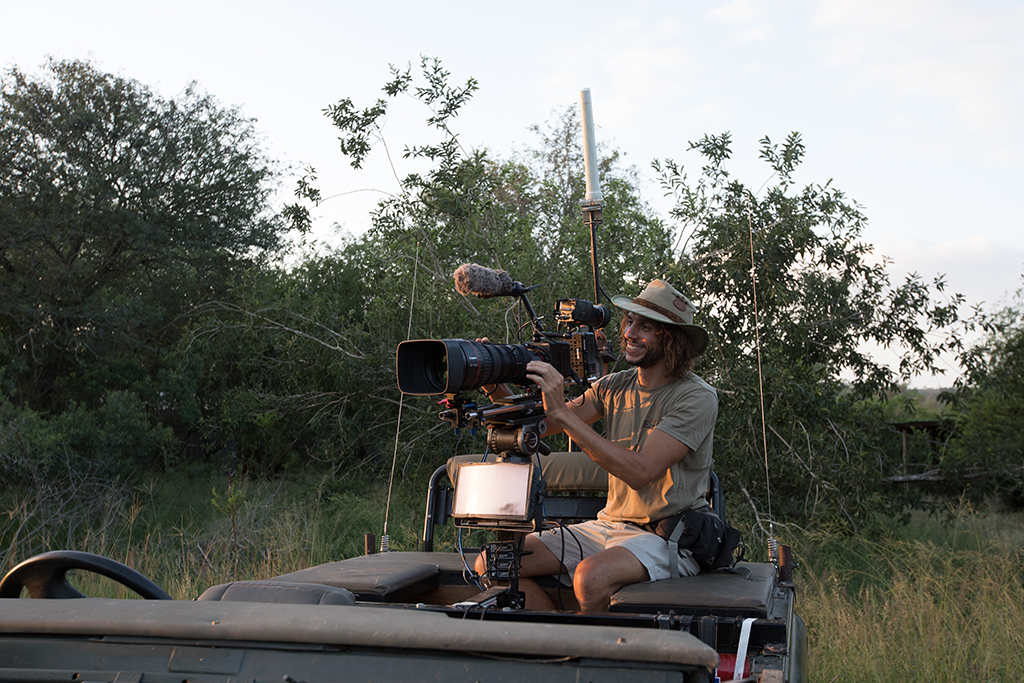
And Berman’s experience working on everything from the Olympics to breaking news makes him confident that Earth Live and similar live projects will continue to resonate with audiences.
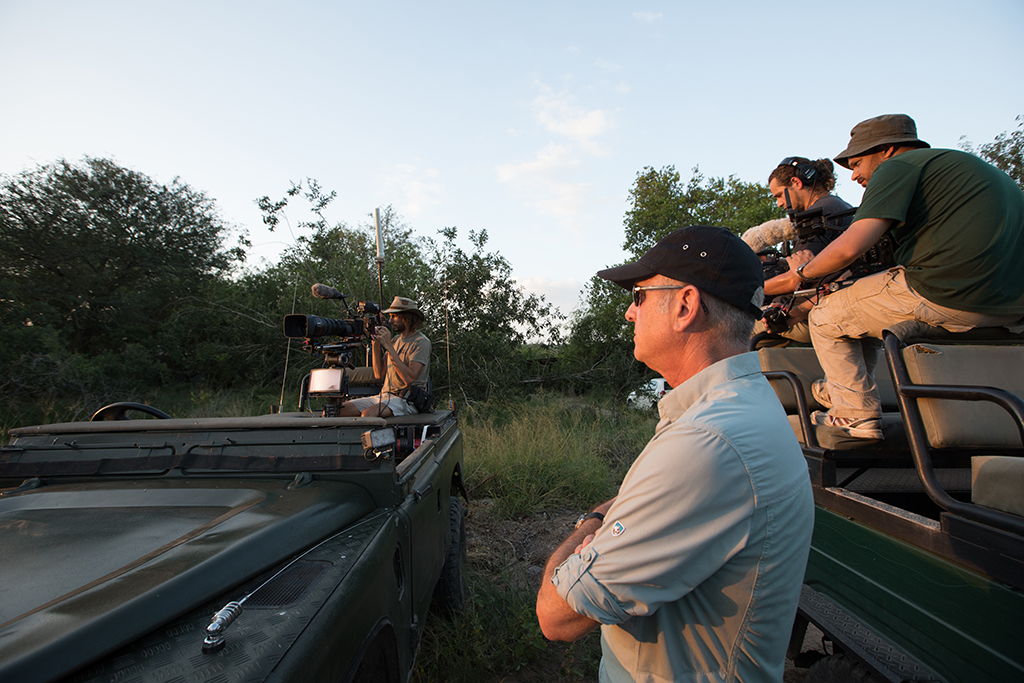
“Viewers are accustomed to beautifully shot imagery over the course of years, very carefully edited and scored to wonderful music, and that magnificent, inspirational kind of treatment of wildlife,” he explains. “This was the same degree of professionalism and the highest possible production values applied to something that’s happening in real time. This is how it really is. This is not the edited version. To have that snapshot of wildlife all over the globe at one moment in time was very different and I think very inspirational. I hope it kept people on the edge of their seat not knowing what would happen next.”
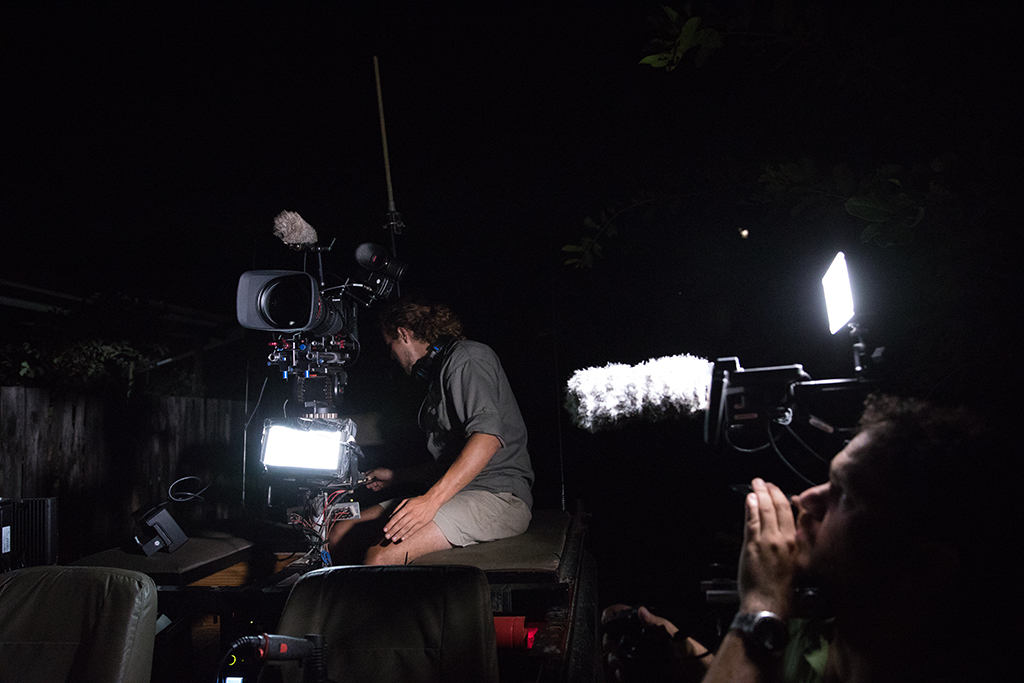
“We couldn’t have filmed this show without the ME20,” he adds. “The outcome, we’re very, very proud of.”
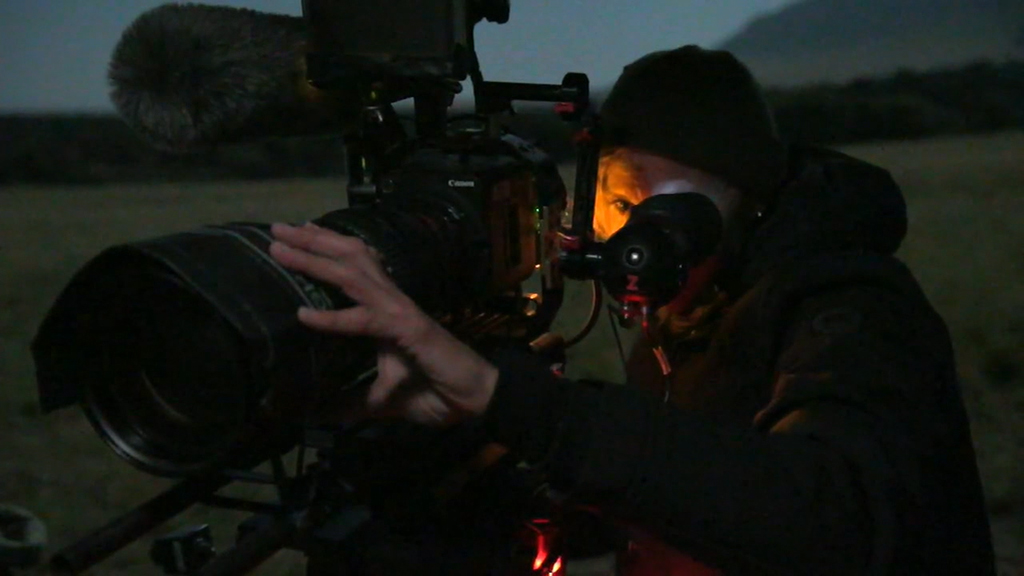
In case you missed it, watch the trailer below, and the full episode is available with a cable subscription at http://channel.nationalgeographic.com/earth-live/videos/earth-live5/
The post Earth, Live appeared first on Outdoor Photographer.


